Tonight is shaping up to be a big moment for climate science: Falcon 9 is already vertical on Pad 4E at Vandenberg Space Force Base, primed for liftoff with the Sentinel-6B satellite. The launch is scheduled for 9:21 p.m. Pacific Time (12:21 a.m. EST), according to mission partners.
The weather forecast is giving the mission a 60% chance of favorable conditions, which means it’s leaning toward go — though there are still potential risks from winds or clouds. Launch-weather officers will be closely watching the skies as the countdown continues.
Sentinel-6B is not just any satellite — it’s part of a global effort by NASA, ESA, NOAA, EUMETSAT, and CNES to track sea-level changes and ocean surface topography with very high precision.The satellite is loaded with advanced instruments, including a radar altimeter and a GNSS-Radio Occultation receiver, enabling it to measure ocean height and even atmospheric temperature and humidity.
This mission continues a crucial data record: Sentinel-6B is the follow-on to its twin, Sentinel-6 Michael Freilich, launched in 2020. The new satellite will extend decades of sea-level observations that help scientists understand how oceans are changing — from rising coastlines to shifting currents.
For the Falcon 9 vehicle, the profile is familiar but still impressive: after first- and second-stage separation, the reusable first stage is expected to execute a boost-back, entry, and landing burn, returning to Landing Zone 4 at Vandenberg. Meanwhile, Sentinel-6B will reach its orbit after a carefully timed sequence of second-stage burns and fairing deployment.
If all goes according to plan, this launch will do more than send a satellite into space — it will deploy a new guardian of Earth’s oceans. As cameras roll and telemetry streams in, space watchers and climate scientists alike will be watching with hopeful eyes that tonight’s mission will build toward a clearer view of our planet.


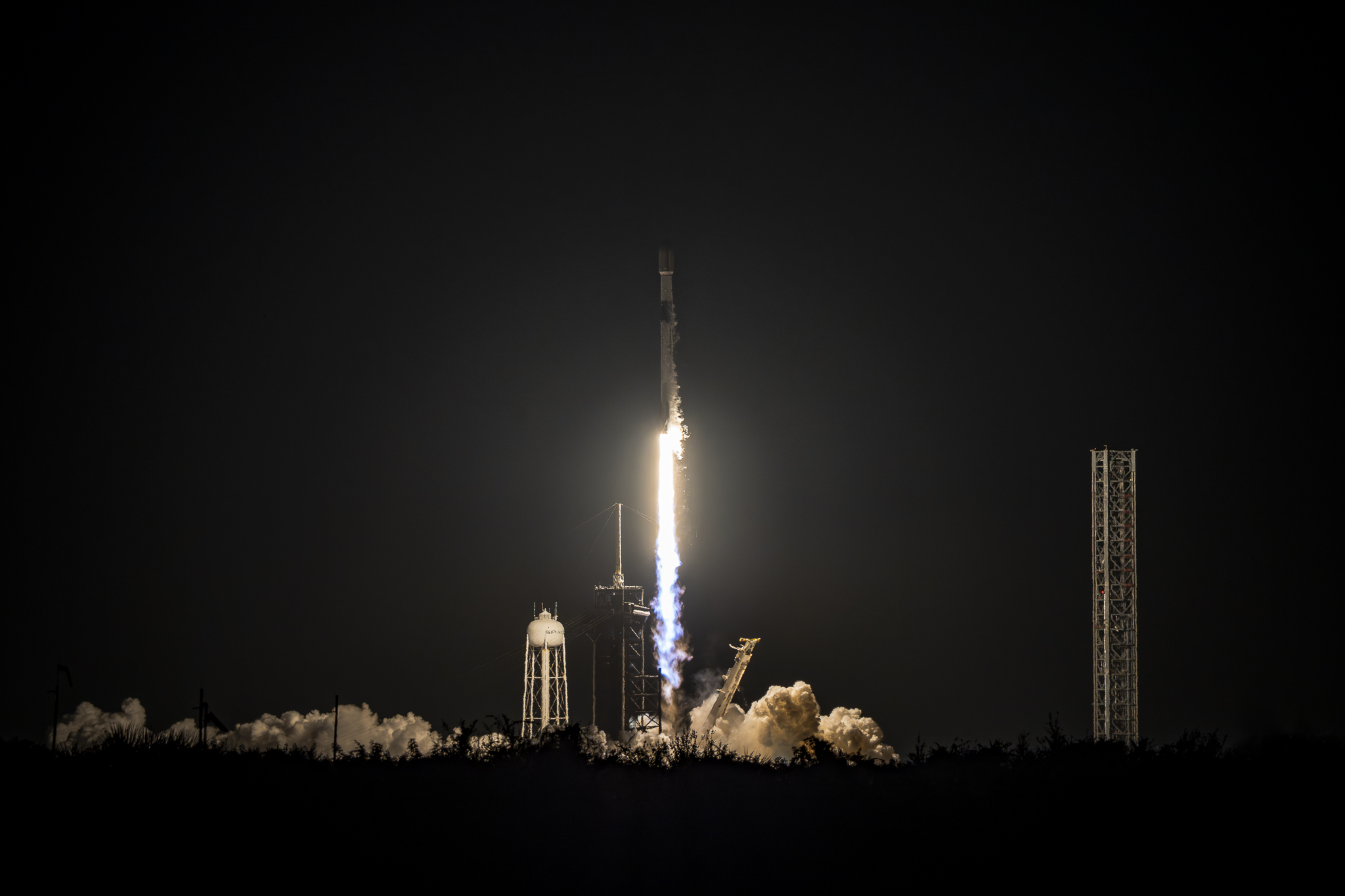
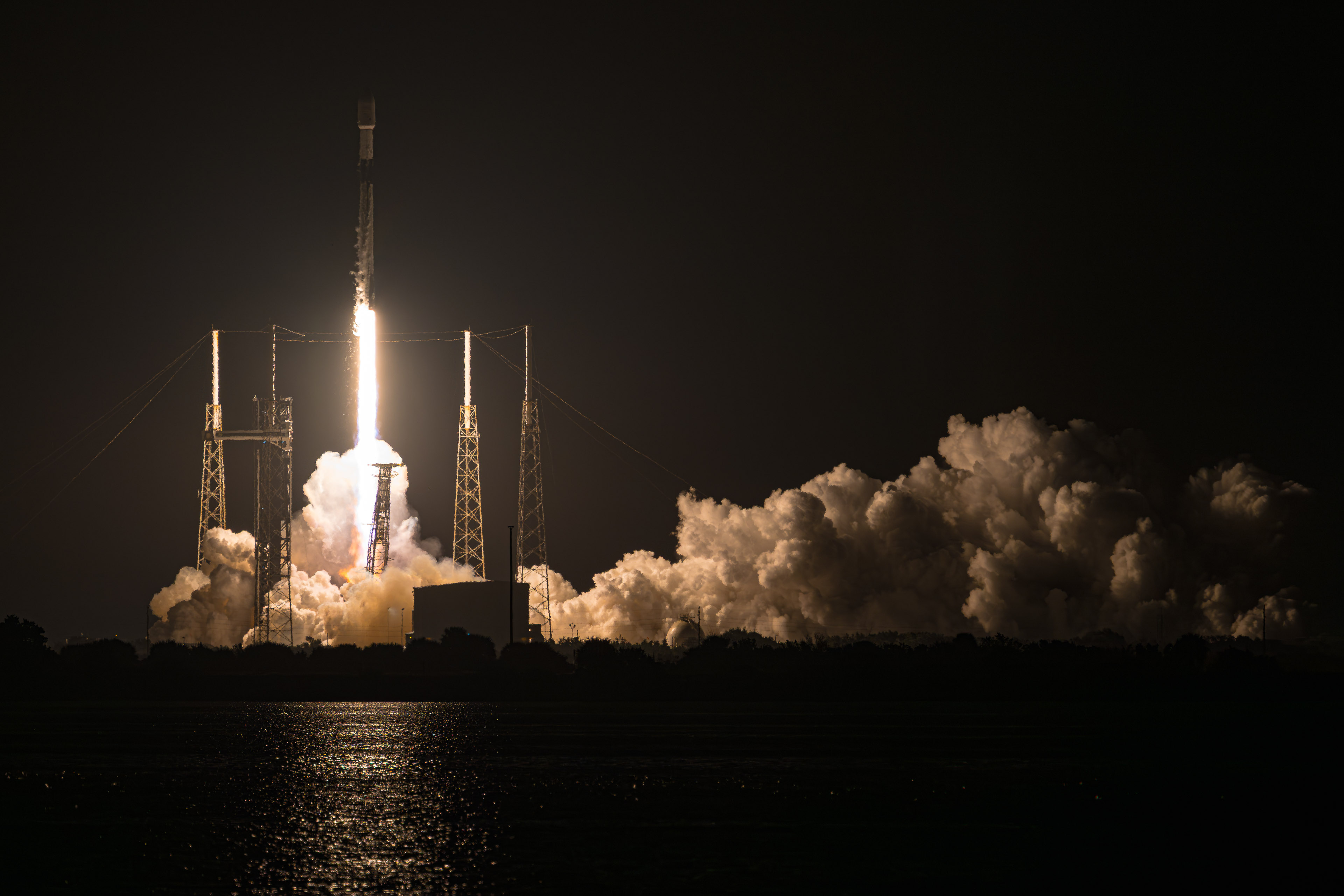
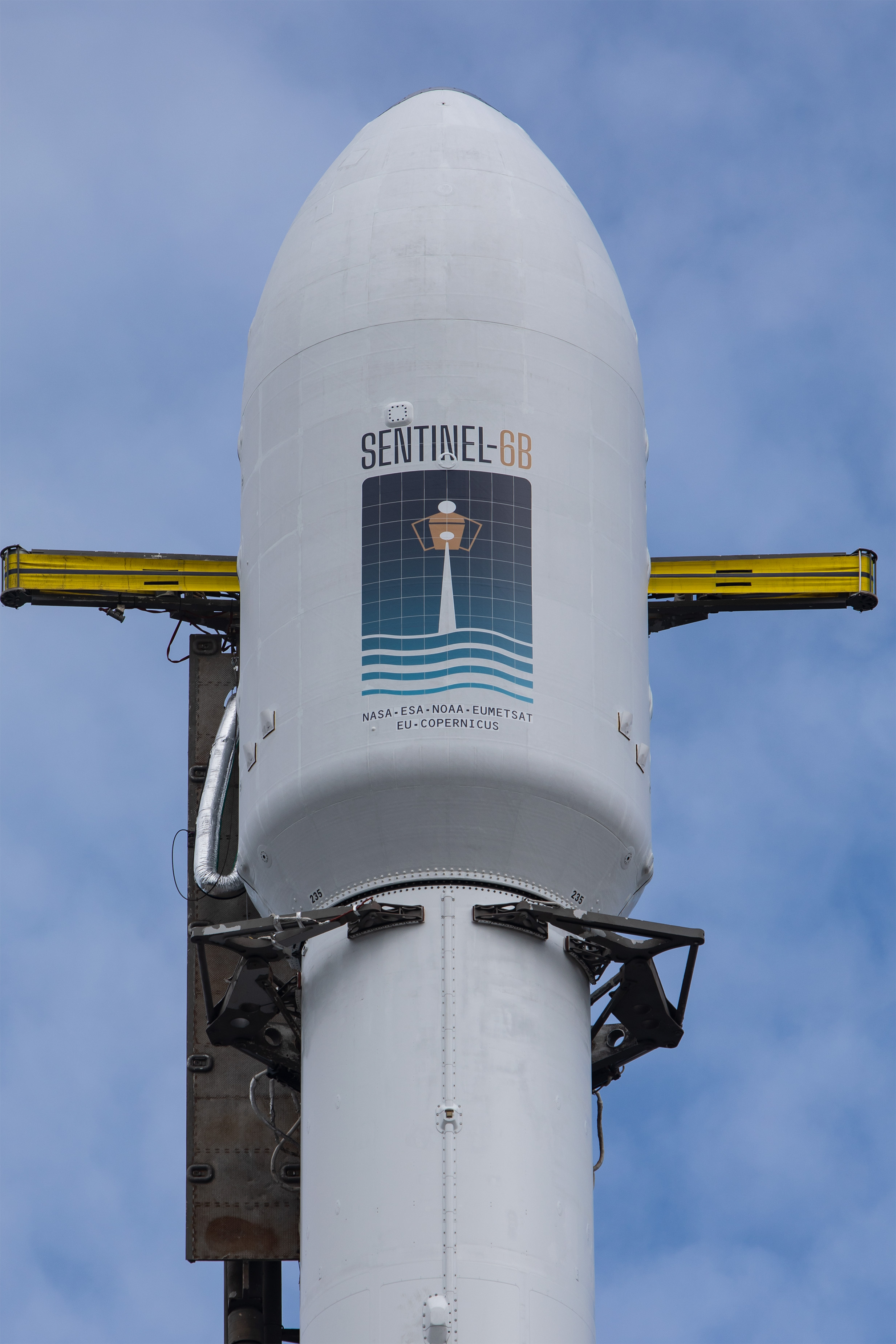
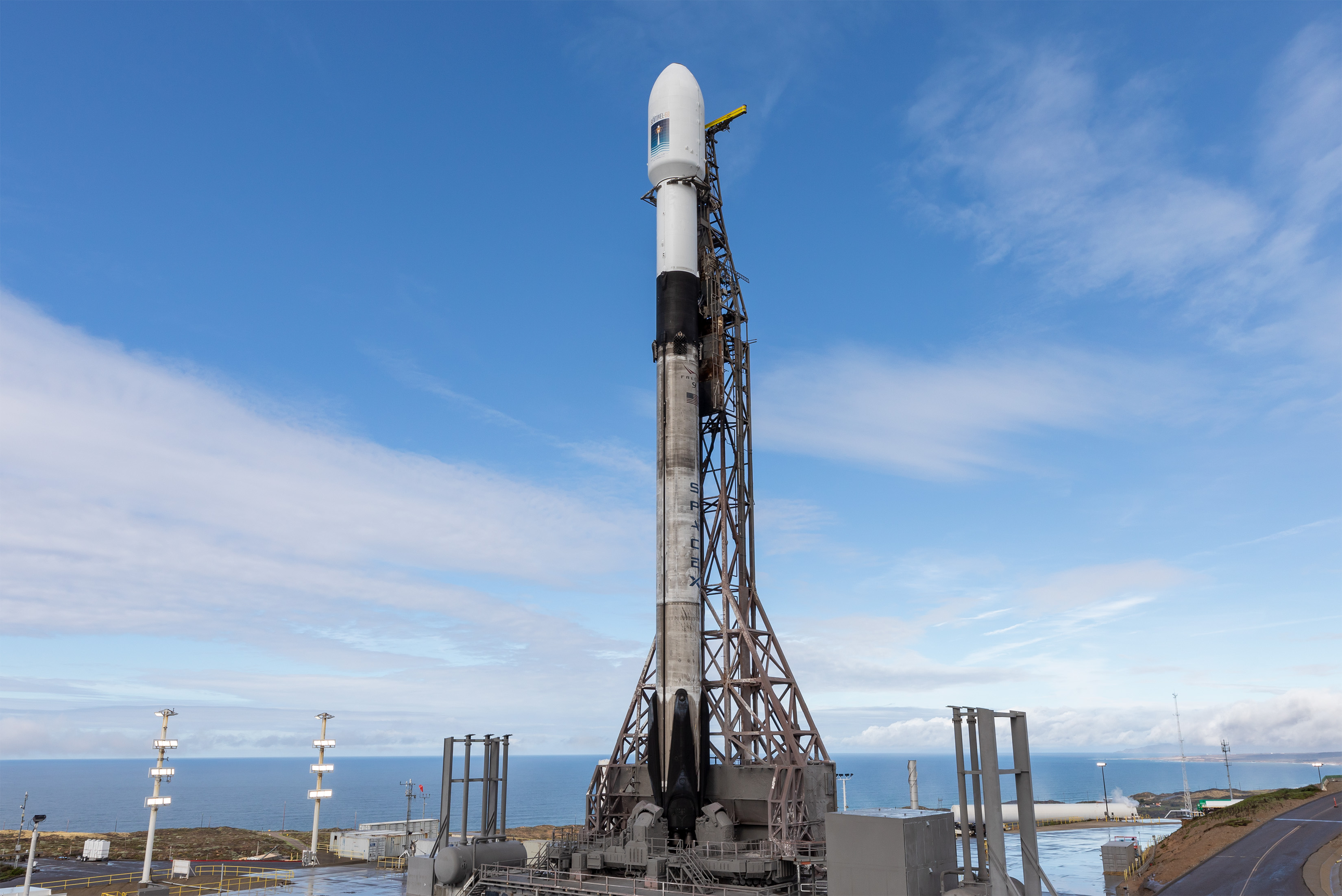
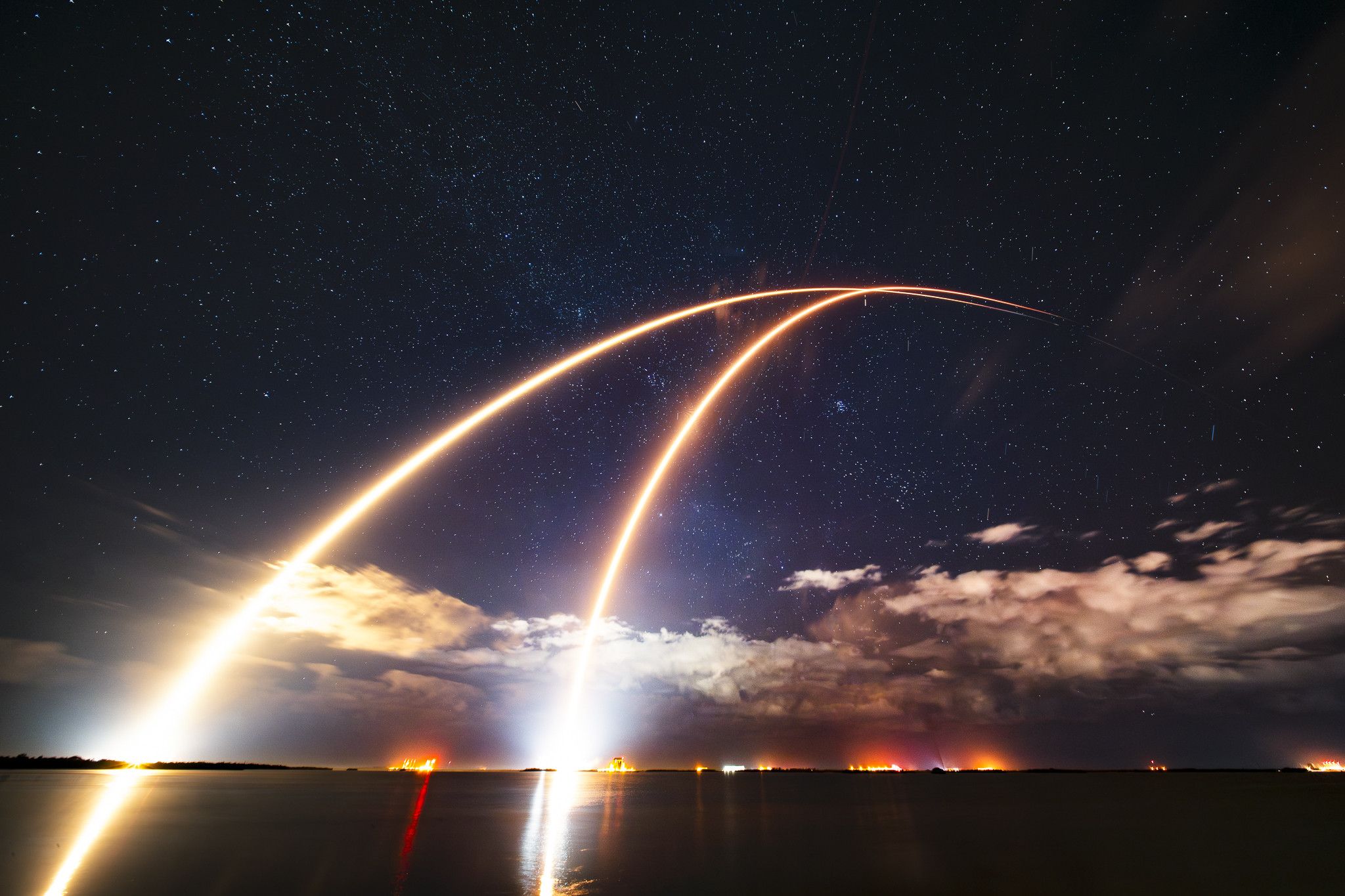






Leave a comment